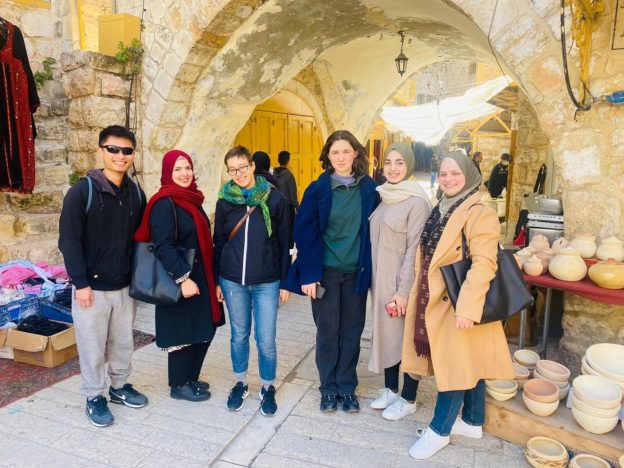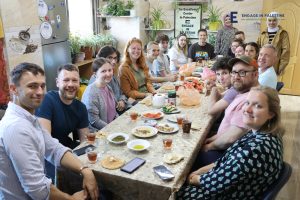What Can and Can’t Be Found in Hebron, Palestine: Prospective participants of Engage in Palestine may be wondering what essentials will be available during their stay in Hebron and what will be hard to come by. Fortunately, most of what visitors might use back home will be accessible in Palestine, in addition to things you can only experience here.
Hebron is the largest city in the West Bank as the universities, hospitals, and municipal buildings will attest. Beyond the basics, though, Hebron also offers access to various products and craftsmanship that can’t be found back home, and visitors should take advantage of the chance while they can.
Of course, some items and services are less available in comparison as well, and participants should prepare to adjust to these differences in advance, either by changing their habits or bringing with them necessary items.
Table of Contents
Items in Abundance
Olive Oil
A staple in almost every kitchen, olive oil is widely available throughout Palestine; after all, olive trees are native to this region and their cultivation goes back 6,000 years. Palestinian olive oil is especially renowned in and around Hebron for its distinct flavor, and visitors will be sure to notice the difference in quality during their stay while lamenting the Bertolli in their kitchen upon their return home.
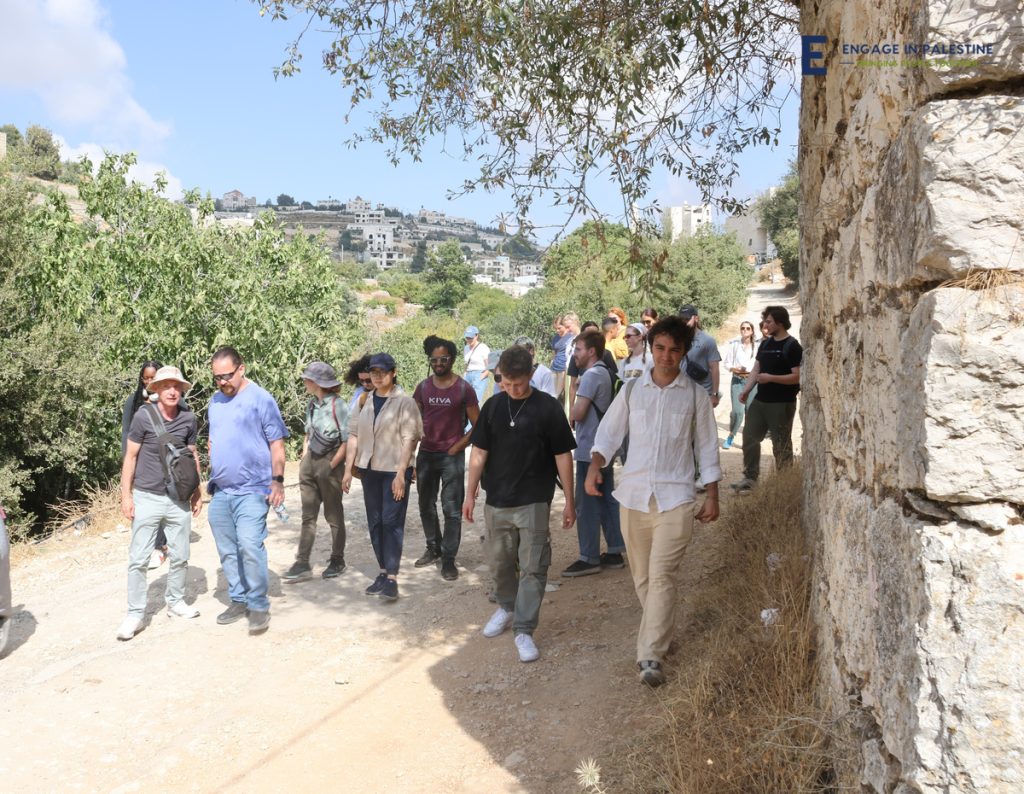
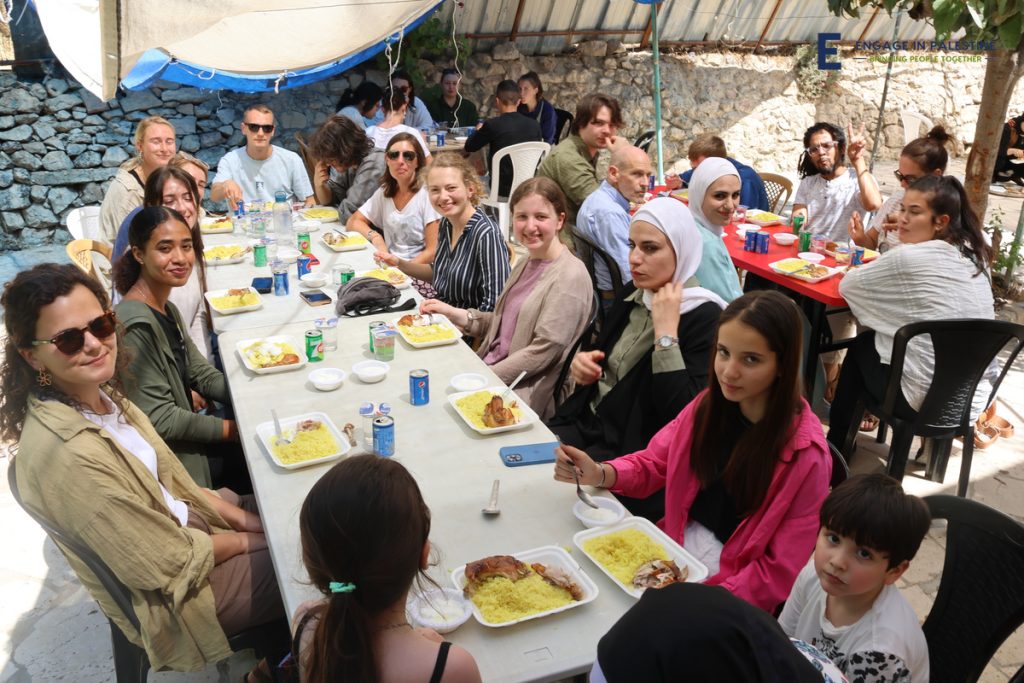
Olive trees grown near Hebron, West Bank, Palestine produce an oil that is darker and carries a stronger flavor, and spice shops all along Ein Sarah will certainly have some in stock.
Knafeh
Renowned for its desserts drenched in rose water, Palestine is either the best or worst place for those with a bit of a sweet tooth. Knafeh is a traditional Palestinian dish made from fine semolina dough, soaked in simple syrup, and layered with cheese. While knafeh may be found throughout Palestine and the Levant, it’s especially ironic in Nablus where the Nabulsi cheese used in this variation finds its namesake.
However, whether you find yourself walking the streets of Nablus or outside a confectioner’s shop in Hebron, visitors should take advantage of this beloved Palestinian delicacy, as it will be difficult to find in the West and even then the quality is often severely reduced. We at Engage in Palestine personally recommend Al Sahel Al Akhdar, located just a block from the Center.
The Original Palestinian Keffiyeh
Known in neighboring countries and cultures as a ghutrah or shemagh, the keffiyeh is one of the most prominent symbols of the region. While the Jordanian color scheme is red and white, the Palestinian keffiyeh is known throughout the region and even the world for its distinct black-on-white patterns, which themselves hold symbolic meaning: the bold stripes represent trade routes through Palestine, the three strokes between them represent olive leaves, and the crosshatching represents fishnets.

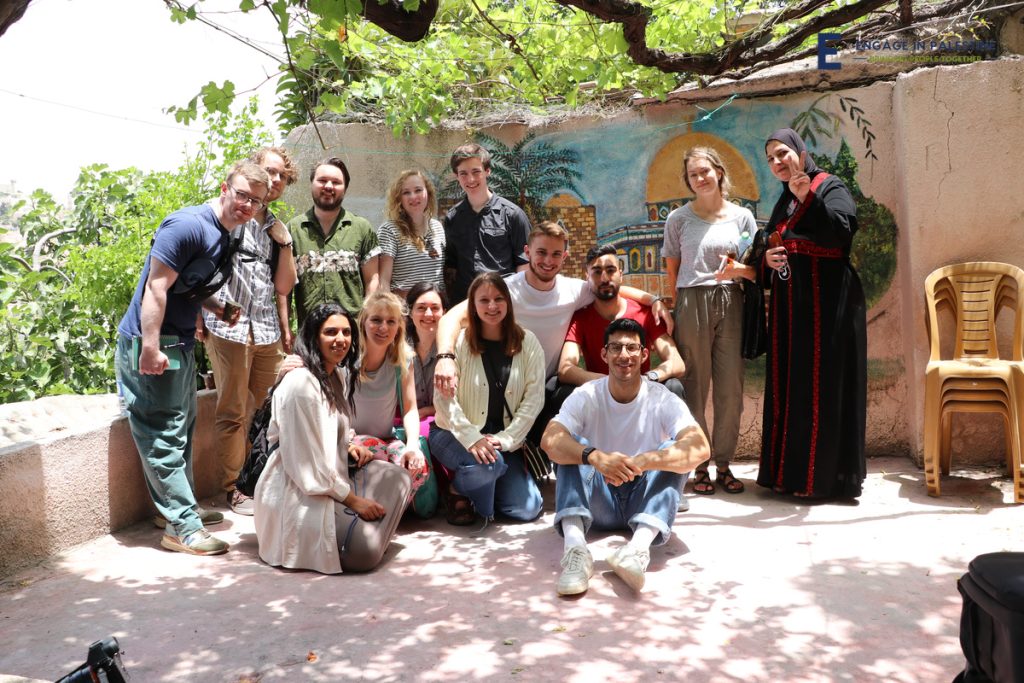
The keffiyeh was popularized during the time of Palestinian political leader Yasser Arafat, becoming not just a cultural emblem but a symbol of solidarity for Palestinian human rights.
Hebron is famously home to the Hirbawi Keffiyeh Factory, the original designer of Arafat’s keffiyehs and the last remaining producer of the traditional scarf in all of Palestine. Situated in the hills overlooking Hebron, volunteers routinely tour the factory and purchase one of the many traditional scarves available, opting either for the traditional black and white or one of the more colorful designs.
Glass Glass Glass
Glassblowing is another craft for which Hebron, West Bank, Palestine is famous, dating back to the time of the Romans. The Hebron glass technique uses indigenous sand from the village of Bani Na’im, sodium carbonate from the Dead Sea, and copper-iron oxide for the unique coloring effects.
Originally, this glass is thought to have been a function necessity rather than decoration, such as for household items like oil lamps and dinnerware. Volunteers touring Hebron Glass & Ceramics–the city’s oldest glass factory–will be able to see the craft in action and purchase their very own piece.
Food On the Go–Literally
The prospect of buying groceries is not typically the high point of anyone’s day, however, in Hebron, it’s typical to hear the clip-clop of hooves as horses and donkeys pull carts laden with produce. These vendors can often be seen on the move, advertising the prices and products as they go. Visitors need just take care as the taxis honk around them and their braying vendor.
Items of Scarcity
Cheese
While many Western countries have a plethora of cheese varieties, such as Romano, Asiago, and Parmesan, visitors of Engage in Palestine will not find such variation here. Choices are mostly limited to goat cheeses, cream cheese, and mozzarella, with labneh being the most commonly found in a traditional setting. For the local fare, though, these options prove more than enough.
Amazon?
While volunteers may be accustomed to and even dependent upon Amazon back in their respective countries, the online retailer simply doesn’t attract nearly as much commerce here in the streets of Palestine. As of March 2020, though, Amazon now offers free shipping to the Occupied Palestinian Territories.
However, addresses in Palestine are not standardized so be cautious when purchasing products online and provide your phone number on the shipping label when possible; this ensures the post office may contact you directly once the package reaches them should they not be able to deliver it.
Feminine Products
The variety of feminine products one would find back home may not be available here in Palestine. While sanitary towels and tampons are standard items on store shelves and inside pharmacies, other feminine products becoming increasingly available in the West such as menstrual cups are simply not well-known here. Additionally, it should be stressed that unlike in the West where feminine products are available in grocery stores, you may need to find a pharmacy for this specific product.
Chinese, Indian, and Other Worldly Fares
International fare such as Chinese and Indian will be more widely available in the cosmopolitan Ramallah, however in Hebron such cuisine is much harder to find; not impossible, just limited. Hebron is more traditional, conservative, and poorer, which in turn affects the range of cuisine available.
This is not necessarily a negative, however, since the culinary traditions in Hebron tend to be more authentic for precisely this reason. Participants will likely not miss their favorite cultural cuisine from back home for all the fresh falafel available.
Brief Visits
Hebron is a thriving, modern city with a long history dating back millennia. While visitors will not find everything quite the same as back home, the fundamentals are rather similar and internationals will find almost every convenience for sale along with some distinct treasures and a few glaring omissions.
For items that cannot be found, there will certainly be an alternative available that will do the trick for the time being. Take advantage of your time in Hebron, both in terms of souvenirs and simple experiences; it doesn’t last forever.
Embracing Hebron’s Unique Offerings
Hebron, a city rich in history and culture, provides visitors with a blend of familiar comforts and distinctive local experiences. While certain international cuisines and specific personal items may be less accessible, the city’s authentic Palestinian traditions and crafts offer a rewarding and immersive stay. Embracing these unique aspects of Hebron not only enriches one’s experience but also fosters a deeper connection with its vibrant community.
Contact Us
Should you have any questions, please do not hesitate to contact us at:
WhatsApp:+972 599 479 880
Website: https://ecpalestine.org/
EC Website: https://excellencenter.org/
Instagram: https://www.instagram.com/excellence.center
Facebook page: https://www.facebook.com/ExcellenceCenter
